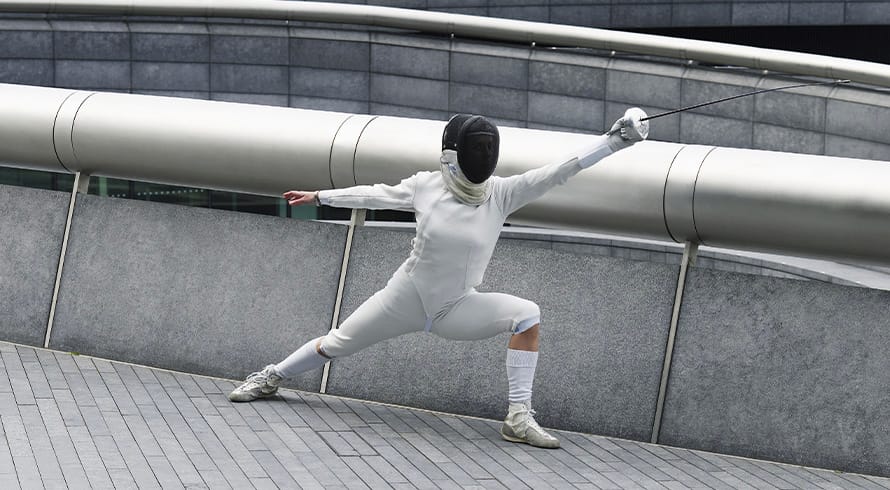When a Temporary Employment Service is disputed, who can go on strike?
The applicants, in this case, are employed by H C Shaik Investments CC (Shaik). They applied to the Labour Court on an urgent basis to restore unilateral changes to their employment conditions until the dispute about whether Nampak is also their employer is determined at arbitration. The changes imposed by Shaik pertained to a relocation of the workplace, the imposition of short time, a reduction in staff per shift with a less than proportionate cut in minimum target rates. The arbitration, which is still pending, will determine whether the applicants are employed by Shaik or deemed to be employed by Nampak.
Shaik is engaged in tasks to check and remove any defective bottles produced by Nampak once the entire production process is complete, and after the goods have been sorted and packaged by a different service provider. The applicants allege that Shaik is a labour broker providing temporary employment services to Nampak and that the latter is their employer. This allegation is denied, Shaik and Nampak submit that the relationship is a commercial one governed by a service level agreement, where Shaik is the managed service provider to Nampak.
The object of the applicants’ urgent application to the Labour Court was for them to preserve their ability to engage in protected strike action against their true employer/employers where they claimed that there had been unilateral changes made to their terms and conditions of employment. Shaik is their current employer, but the applicants have alleged that Nampak is also their employer and until such time as the pending arbitration is determined, they could not be sure whether they had a right to impose a primary protected strike against Shaik and Nampak. Obviously, this was provided that such changes amounted to unilateral changes to terms and conditions of employment.
A primary strike against Nampak, so the applicants argued, would allow Nampak’s own employees to strike in support of the applicants’ demands that the unilateral changes to their conditions of employment be reversed. It is a well-established legal principle that not only the employees who are directly affected by strike demands made on an employer may take part in a protected strike. The applicants, in essence, wanted to interdict the changes to their conditions of employment in the meantime and only exercise their right to strike when they knew whether Nampak’s own employees could participate in the strike. If Nampak was also their employer, its own employees could also participate in the primary strike.
Regardless of whether Nampak is the deemed employer of the applicants, or if Shaik is found to be a labour broker, the Labour Court concluded that Nampak’s own workforce could participate in a secondary strike in support of a primary strike by the applicants against Shaik, provided, all the relevant procedural steps under sections 64(4) and 64(2) of the Labour Relations Act, No 66 of 1995 had been followed.
That said, the applicants’ urgent application for an interdict to prevent an alteration of their conditions of employment and to preserve the right to strike against the alleged true employer was dismissed on the basis that the applicants had a suitable, alternative remedy, namely possible protected secondary strike action.
The gravamen of this case is that if there is an inextricably close link between the work performed by the employees of a service provider and the operations of its client, a protected secondary strike could be possible.
The information and material published on this website is provided for general purposes only and does not constitute legal advice. We make every effort to ensure that the content is updated regularly and to offer the most current and accurate information. Please consult one of our lawyers on any specific legal problem or matter. We accept no responsibility for any loss or damage, whether direct or consequential, which may arise from reliance on the information contained in these pages. Please refer to our full terms and conditions. Copyright © 2025 Cliffe Dekker Hofmeyr. All rights reserved. For permission to reproduce an article or publication, please contact us cliffedekkerhofmeyr@cdhlegal.com.
Subscribe
We support our clients’ strategic and operational needs by offering innovative, integrated and high quality thought leadership. To stay up to date on the latest legal developments that may potentially impact your business, subscribe to our alerts, seminar and webinar invitations.
Subscribe



